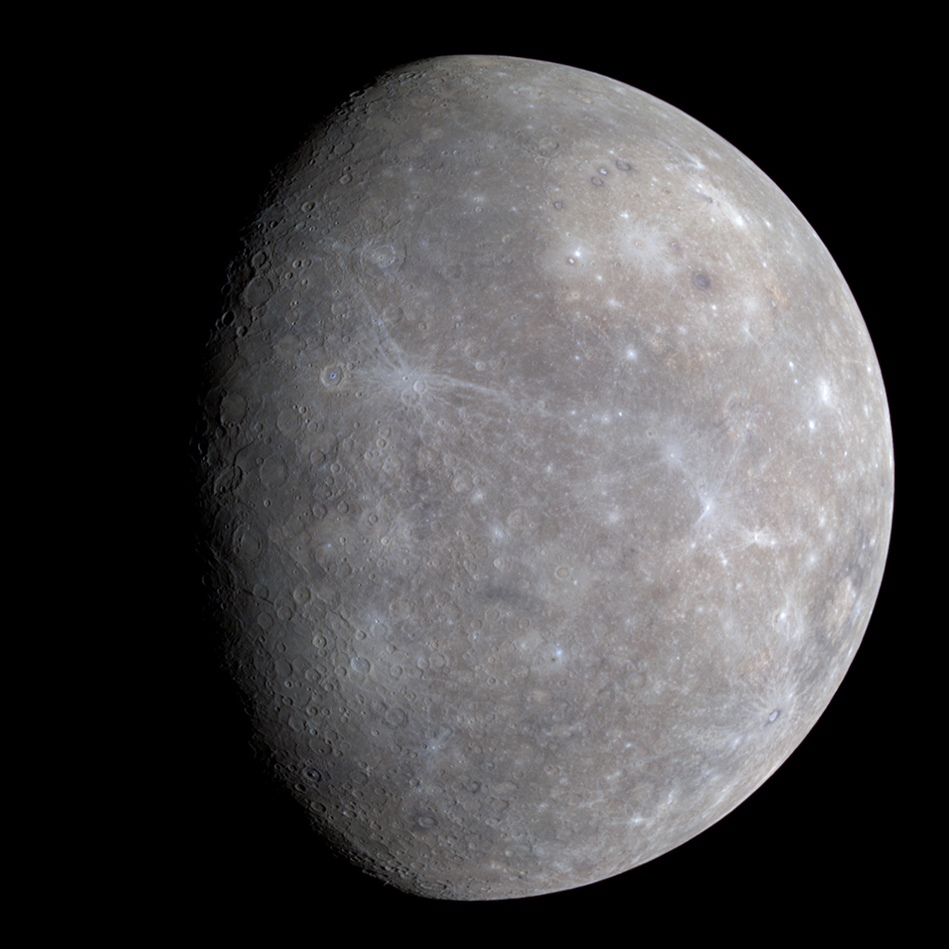Public invited to campus to watch Mercury pass by Earth

The McMaster community will get a front-row seat when planet Mercury passes between the sun and Earth on Monday (May 9).
McMaster’s Gandhali Joshi, a presenter at the University’s W. J. McCallion Planetarium and a PhD candidate in Physics and Astronomy, says people should be excited about the unusual phenomenon.
“It’s an amazing opportunity to see something actually happening in space,” she says. “You don’t really need to understand much about astronomy to enjoy it, but it can spark an interest.”
The timing of the transit of Mercury means that Canadians – subject to cloudy conditions – will be in an ideal position to observe the event.
Starting around 7:15 a.m. EST, Mercury, the planet closest to the sun, is to appear as a small dot on the surface of the sun starting from the left below the midline and tracking toward the right before passing from view at about 2 p.m.
It’s been a decade since Mercury last passed directly between the Earth and sun. More recently, observers were able to track Venus, the only other planet between Earth and the sun, when it made a transit in 2012.
While the transit is a compelling event, Joshi warns that it is dangerous to observe it directly, advising that using a telescope with a solar filter is the best viewing option.
She and other graduate students will be offering the public a chance to view and learn more about the transit of Mercury when they set up a Sidewalk Astronomy event on campus, adjacent to the Engineering Technology Building where it faces Main Street West, near Cootes Drive.


